I'll send you a link...
On photography in Korea, the work of Kim Sajik and a journey into the night.
Welcome to dear midnight, my newsletter with reflections on all things photography, publishing and the artistic process.
Every two weeks I write about the material that crosses my path while working on my own art practice or Foam Magazine. Tonight, reflecting on my time in a city known as the Miracle of the Han River, Seoul, which I’ve been exploring for the past week. Following a generous invitation by Daegu’s Photography Biennale to join the festival as a portfolio reviewer, I am spending three weeks in South Korea diving into the vibrant photography scene. Thank you for reading along, I hope you will find this inspiring!
It all started with an impulsive one-night trip to London in November 2023. Fuelled by a growing curiosity about Korean photography I jumped on the Eurostar, crossed the channel and walked straight into the lecture hall of the Victoria & Albert Museum. There I attended a symposium that brought together curators, publishers and artists discussing the past, present and future of Korean photography.
From propaganda and war journalism to Korean Pictorialism, 90s experimentation and contemporary approaches - the symposium opened up a whole new pool of references that I eagerly launched into. Over the following months I stayed in close touch with the people I met in London, and some of them have contributed to Foam Magazine since then. Fast forward ten months, I find myself in places where the slides I saw at the symposium become tangible.
1: Reference
My first stop had to be The Reference, a cutting-edge gallery, bookshop and platform for contemporary photography directed by Kim Jeong Eun. In 2007 Jeong Eun founded IANN Magazine, which quickly became a vanguard for Asian photography. IANN means ‘two eyes’, the eyes to see and the eyes to think. Today she focuses on photo book publishing and exhibiting contemporary makers that work across different mediums.
For the current issue of Foam Magazine we invited Jeong Eun to share five photo book titles from her shelf. The books she chose offer entry points to a better understanding of historical and contemporary currents in Asia:
Story by Kim Sajik
Light There by Yuji Hamada
Korea: In the 1980s by Koo Bohnchang
Japanese Photography Magazines 1880s-1980s by Kaneko Ryuichi, Toda Masako and Ivan Vartanian
Still Cut: 1950s-60s by Kim Hanyong
In her introduction we read: ‘Photo book publishing growth in Asia varies. In Japan (…) photographers often self-published books or magazines. In contrast, Koreans prioritised exhibitions over publishing until the 2000s, when photo books and independent publishers flourished. Asian art book fairs boosted self-publishing but still remain unknown in the west, so in this feature I invite you to explore key Asian photo books for their cultural and artistic significance’.
Coincidentally, Story one of the works on the list, was on view in the exhibition space during my visit. Jeong Eun explains that ‘Story is a collection of works by Kim Sajik who has been contemplating issues of nationality, ethnicity, and gender over the past decade. As a third-generation Korean-Japanese residing in Japan, Kim Sajik has been actively engaged in directing photography, video works, and contemporary dance, blending elements of Asian mythology and western art history’.
Reflecting the artist’s hybrid identity, the work merges elements of both Japanese and Korean mythology. The carefully staged scenes navigate a loaded local history - Japan having occupied Korea for decades - but also make use of symbolism that explores the origins of existence and tradition in a universal way.
reference the action of mentioning or alluding to something
We read and interpret images according to our individual pool of reference. Symbols and visual languages will differ widely depending on time, place and culture. The more we know, the more we will see, and in effect, the more we can relate to an image.
Through her work Sajik digests collective trauma related to colonial domination, war, and discrimination. Her dream-like scenes create a space for images of the subconscious to surface, those of pain but also those of resilience. The exhibition is a place where the audience is guided to look and linger in such spaces, while learning more about the context and mythological references.
This photograph for example shows a bear-gone-human in traditional clothing. It draws reference to the Korean creation myth in which a tiger and a bear (Ungnyeo) lived together in a cave and prayed to king Hwanung to be made human. Hwanung heard their prayers and gave them 20 cloves of garlic, a bundle of mugwort and ordered them to stay out of the sunlight and eat only this food for 100 days.
Due to hunger, the tiger left the cave after roughly 20 days, but the bear remained inside. After 21 days, she was transformed into a woman who would go on to give birth to the founder of the Korean nation - a reference that might have evaded the eye of the unknowing.
2: Night vision
During a visit at Hanmi Museum, the oldest photography museum in South Korea, I had a second encounter with the stray-dog on the slope - quietly observing me through an image by Doyeon Gwon that stayed on my mind ever since I first saw it projected onto the screen at the V&A. This time as part of the exhibition Endless Journey to Black Night.
Brought together under the theme of 'night', the exhibition displays more than 100 photographs and media works by 32 artists, including the icons of American pictorialism and modernist photography in the 1900s, the New Vision movement, and experimental photographs of the Korean postwar era.
As you walk through the rooms of the exhibition the light setting changes gradually from dark to bright, referencing the process of eyes slowly adjusting to a darker place as the irises widen. At first the space seems blank and vast, but the more time you spend in it, the more clear the details become and images pull into focus.
Like a moth moving towards the light, visitors complete a kind of philosophical journey into the depths of the night and beyond. For the exhibition catalog curator Kim Sunyoung writes ‘Louis-Ferdinand Céline’s novel Journey to the End of the Night depicts the psychological journey of the main character named Bardamu, who has experienced war and flees from the civilization and authority, feeling a sense of disillusionment.(…) The exhibition also explores fear, wandering, impulse, desire, deficiency and the inner workings of the human mind willed with ecstatic hallucinations.’ The night here becomes a space to process trauma and developments in recent Korean history.
In The Day Break series Kim Taedong photographs people in the city at night. Fascinated by spaces that have opposite atmospheres at day and night, she portrays moments of dawn that capture the eerie and lonely moments in a rapidly expanding metropolis.
Seungwoo Yang’s series, The Best Days candidly captures the daily life of those on the fringes. Intimate portraits taken across both Korea and Japan since 2003 show beauty in the shadows of society.
Silence by Song Youngsook records the light that is shed by the moon from midnight to dawn when no one is awake and you see truths which one can only see when it’s dark - one eye seeing, the other one thinking.
3: Links
I’m collecting a list of photography-flavoured references and recommendations for anyone who is planning to visit Seoul. Links will follow later….
If you’ve read this far, thank you and hope you enjoyed! My next letter will reach you at midnight around September 14th. Until then, take care.
x




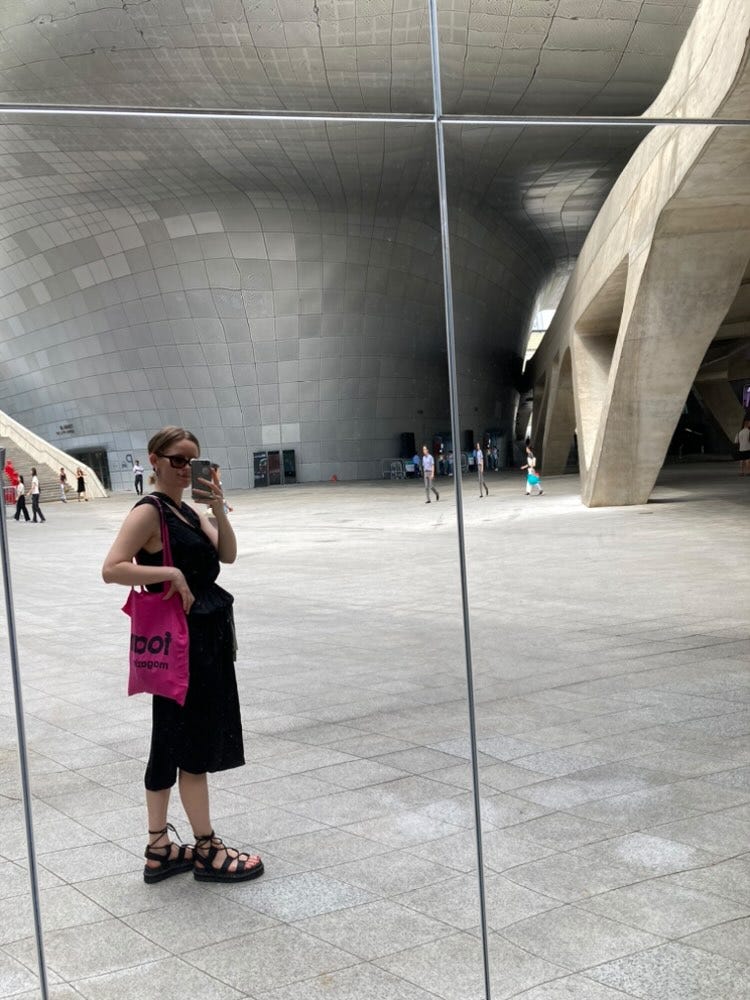
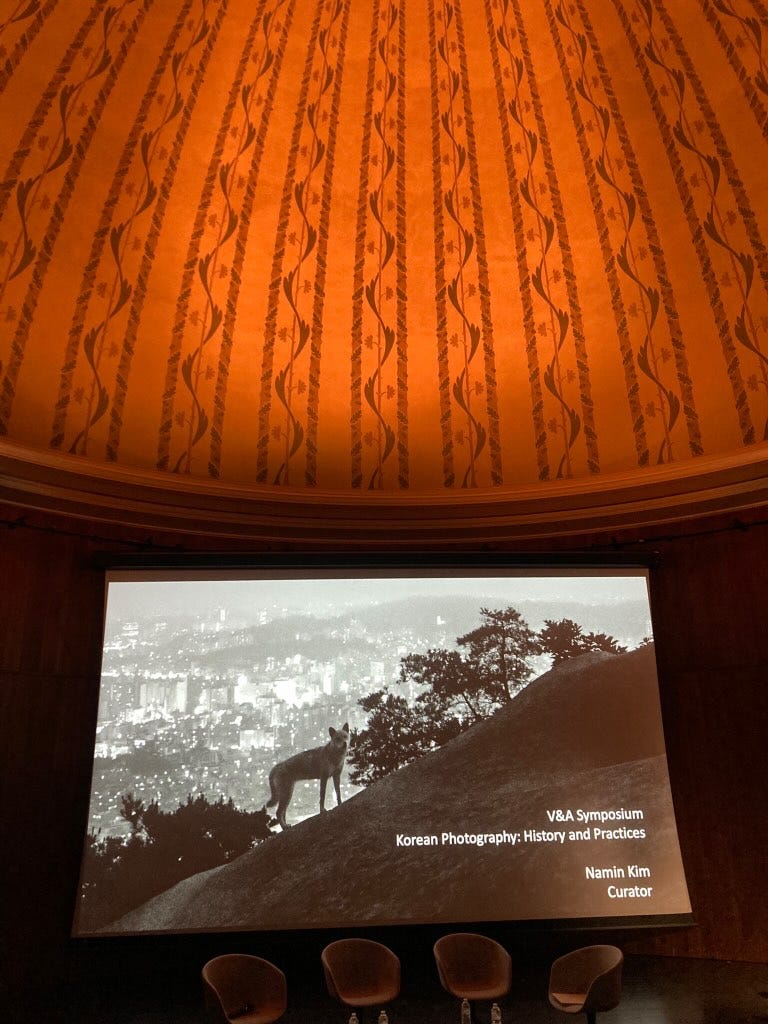
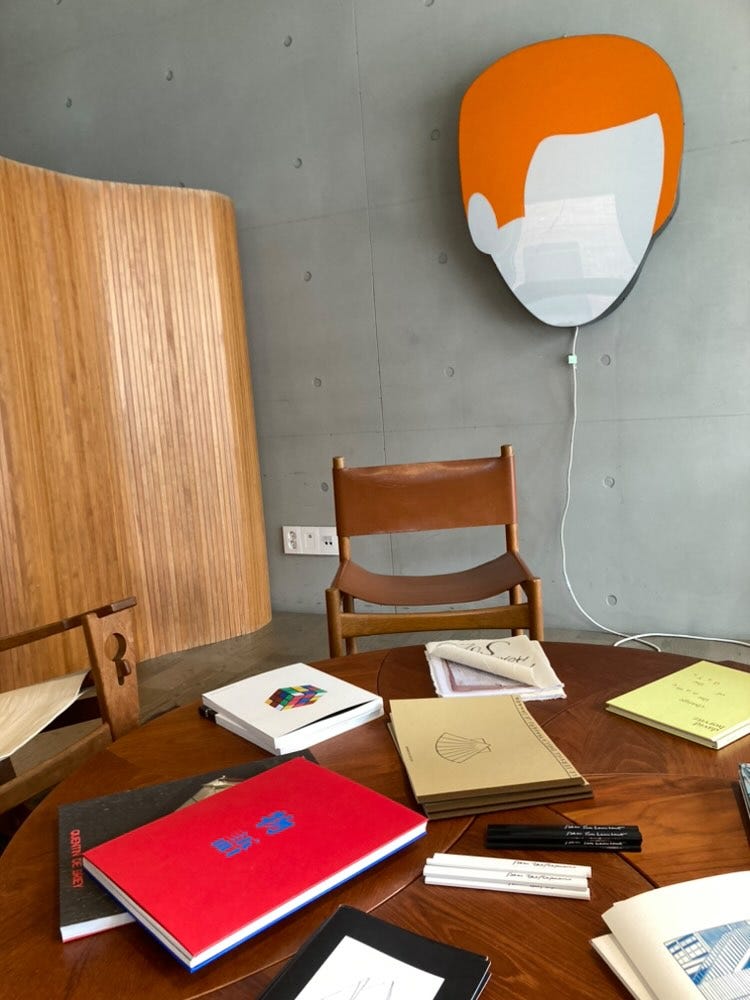


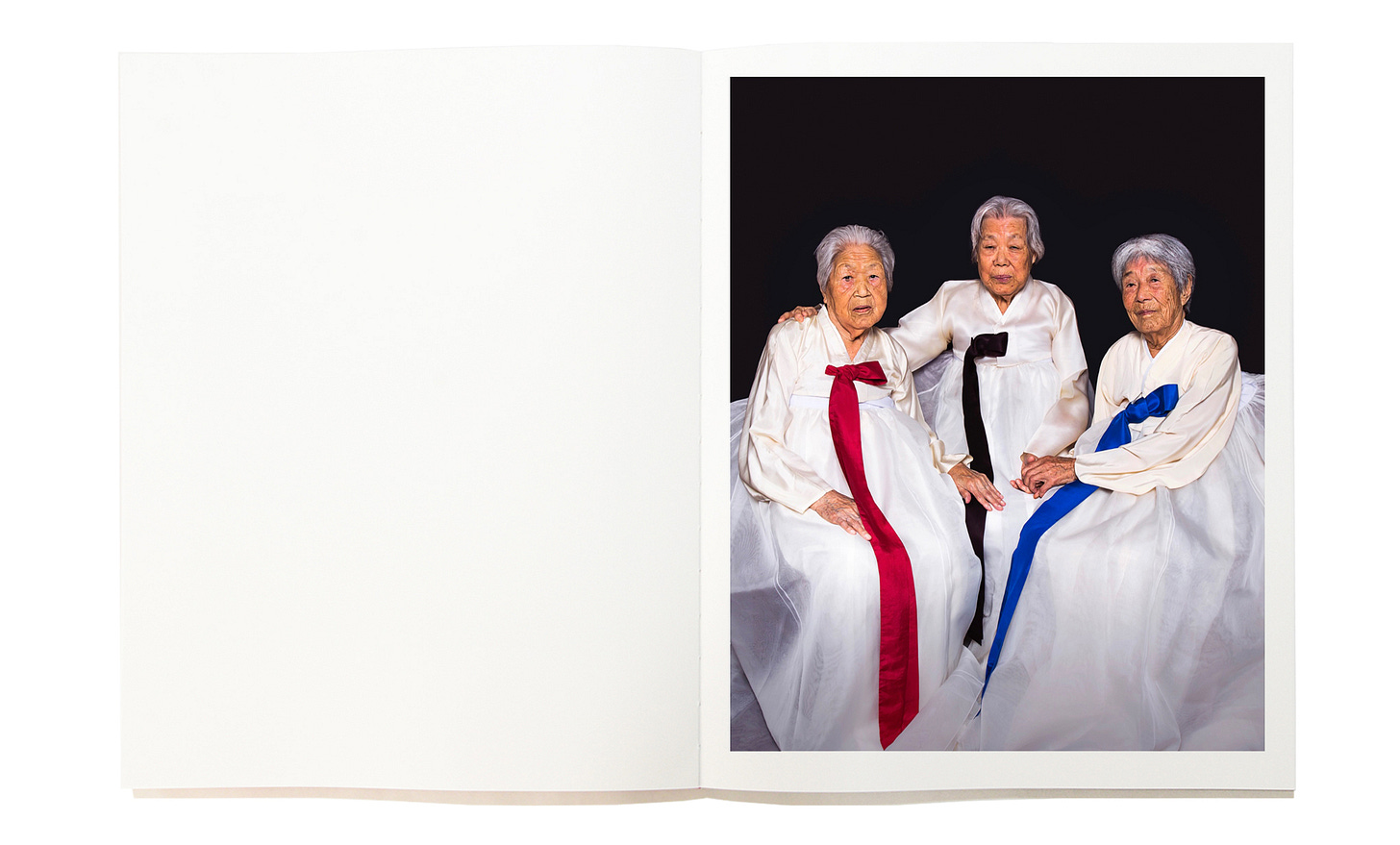
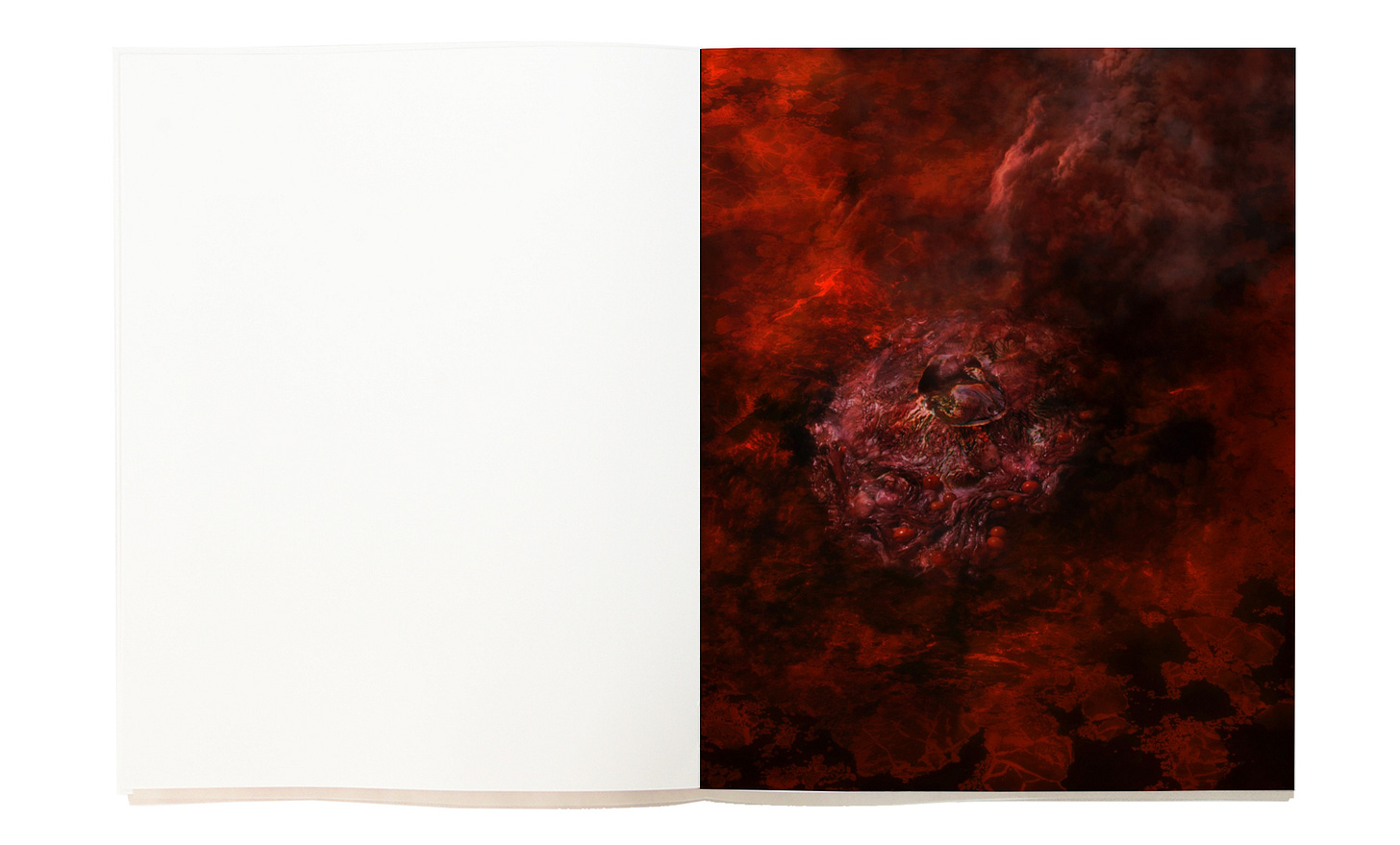
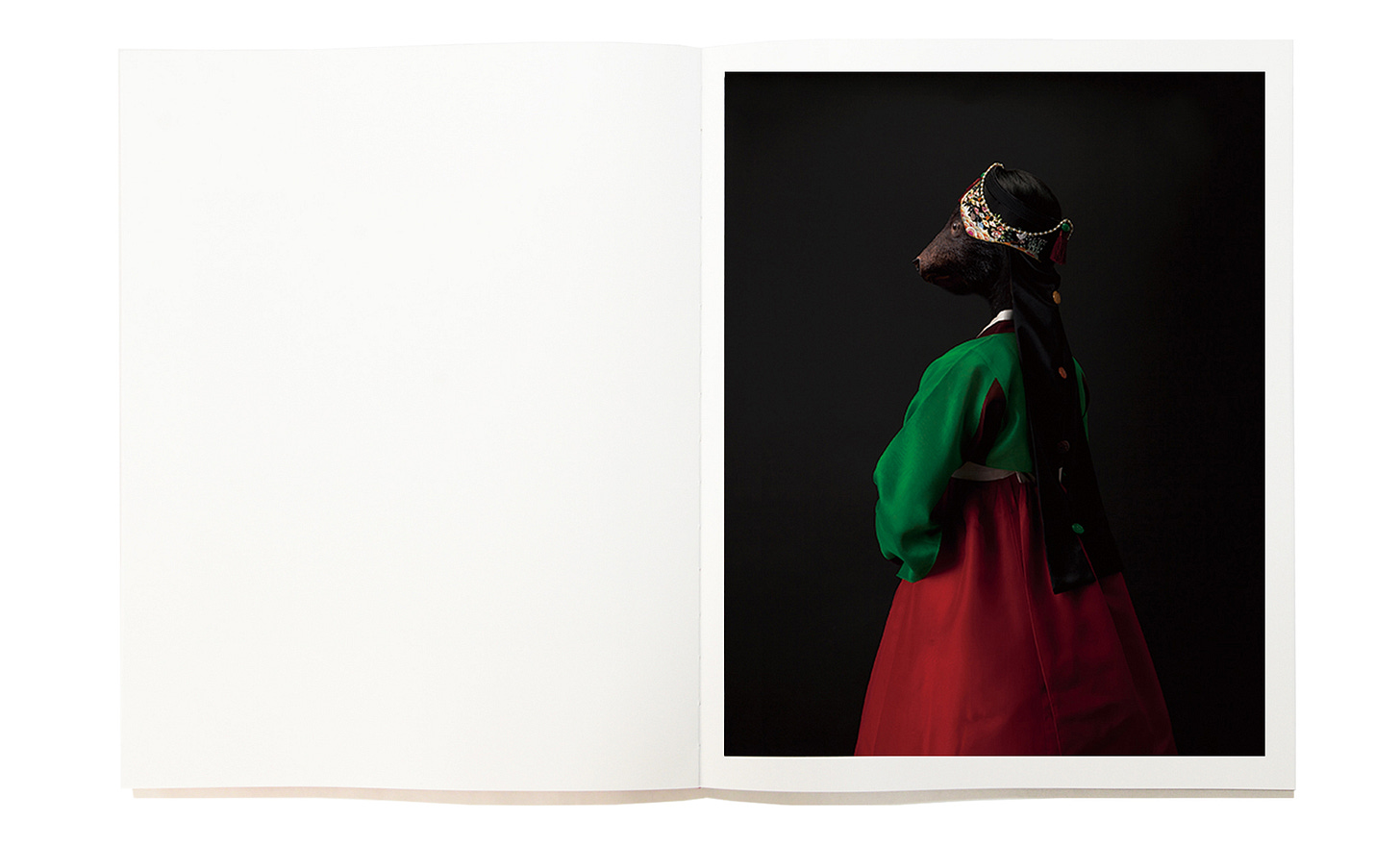
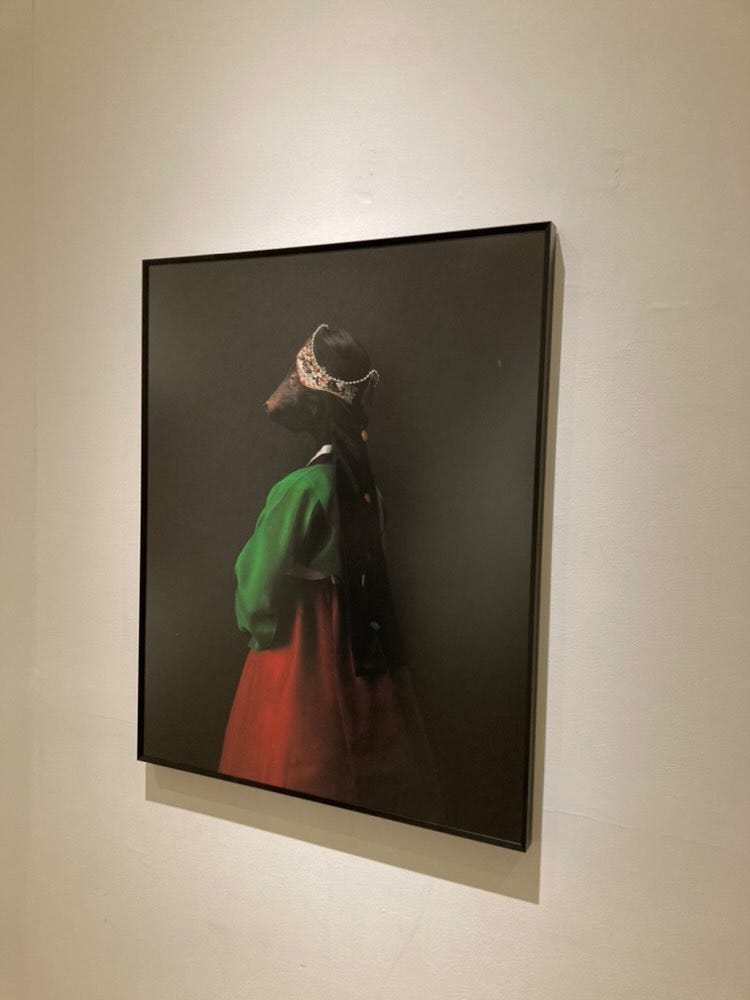
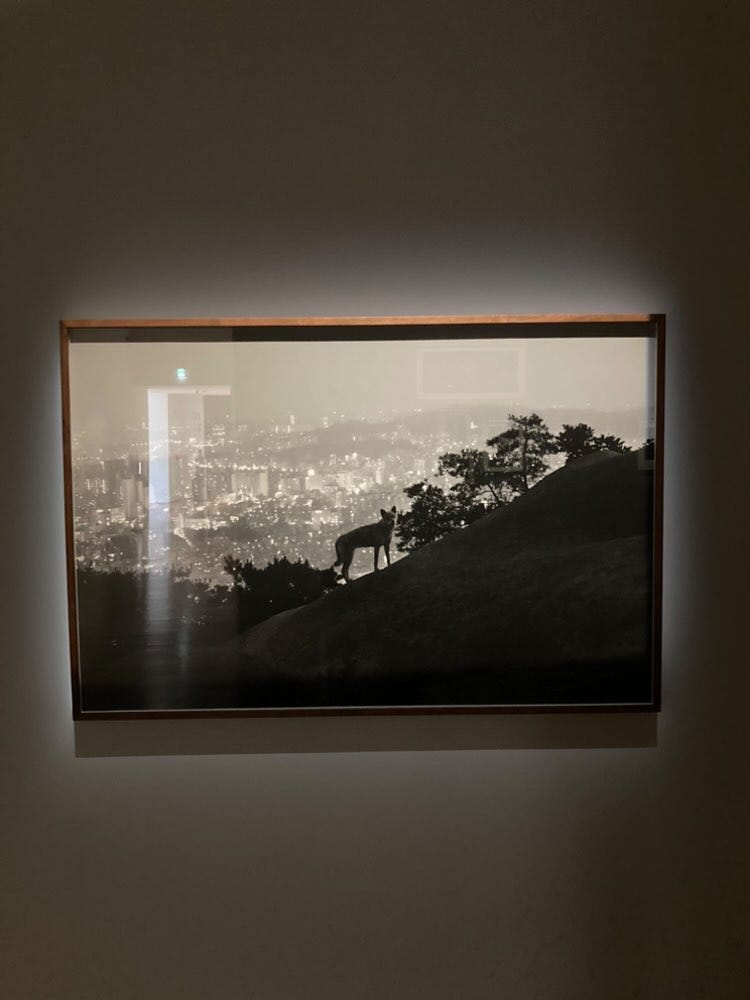
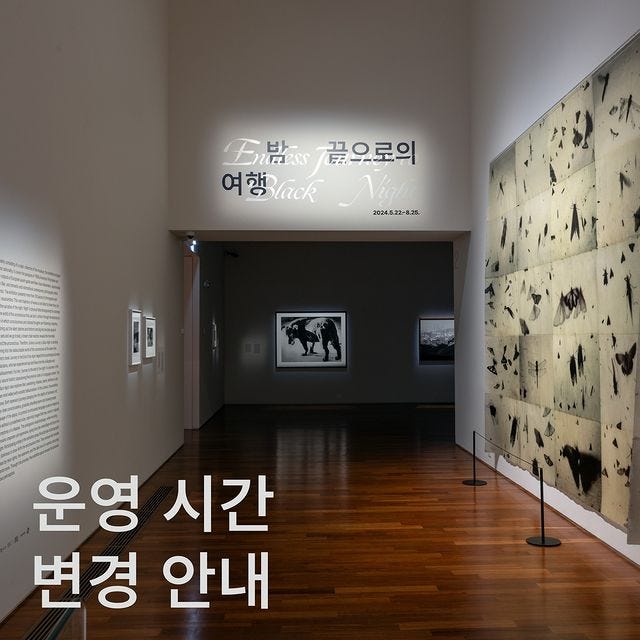

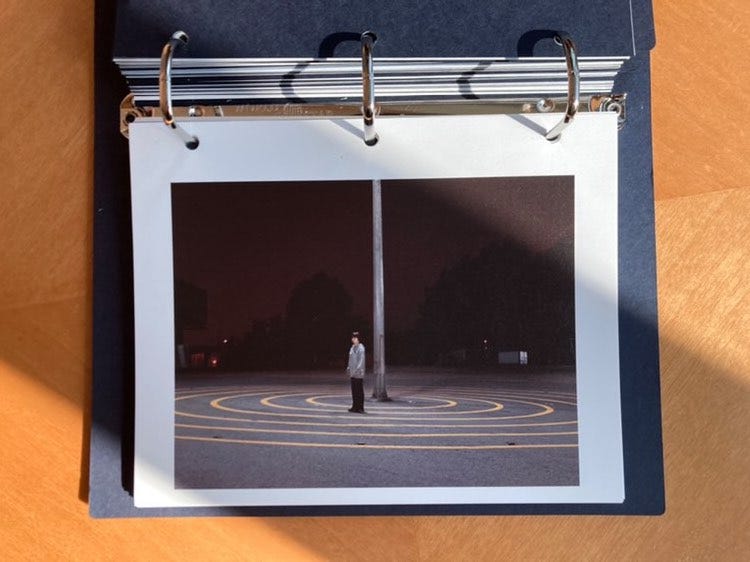
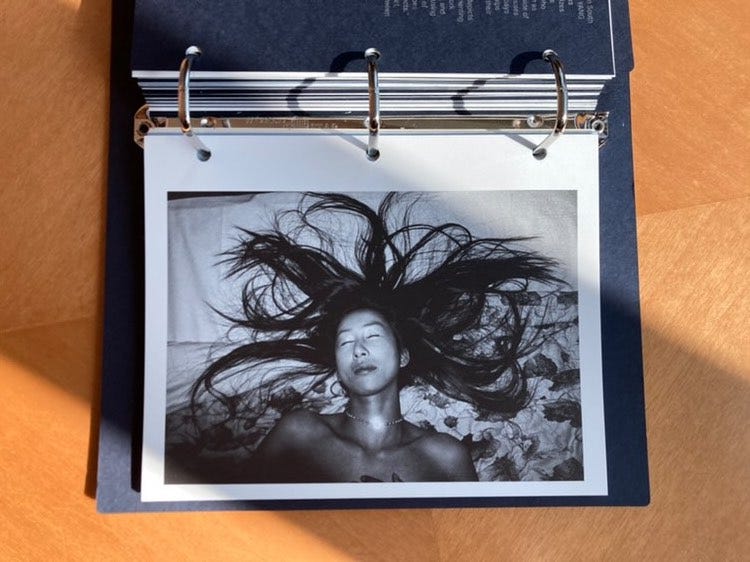

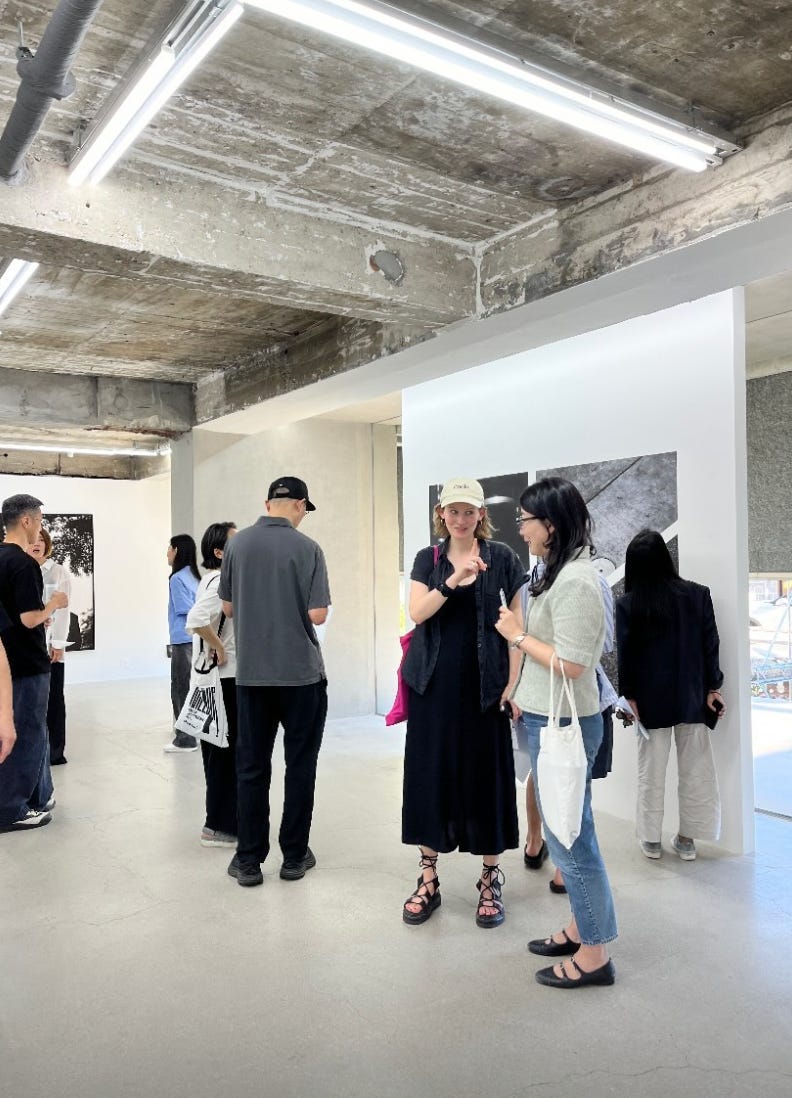
So interesting, thank you!